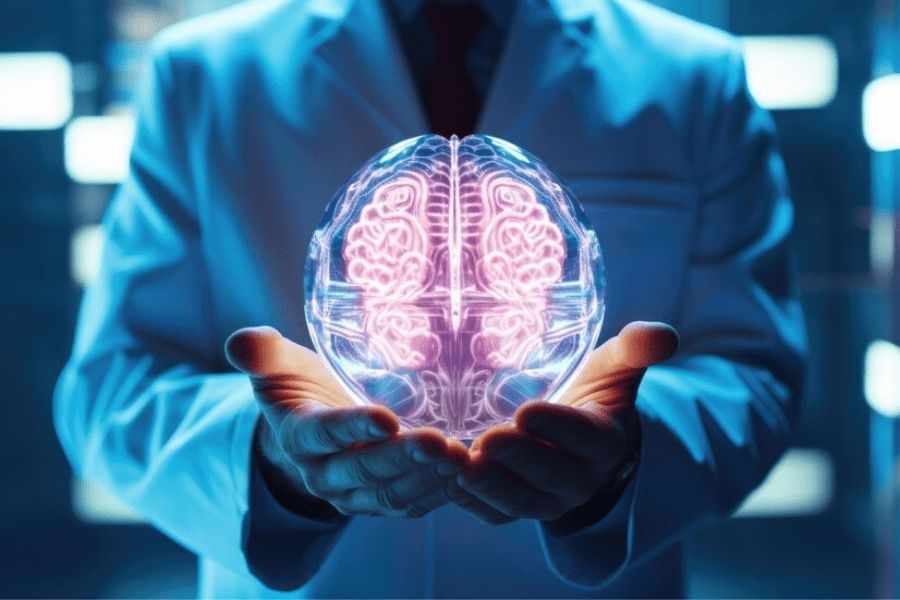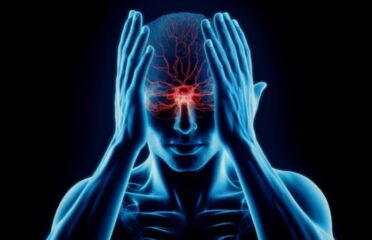Aneurysm
Overview

An aneurysm is a condition where an artery wall weakens and bulges out.
Most aneurysms don't cause any symptoms and are not harmful.
However, in severe cases, they can rupture and cause internal bleeding, which can be life-threatening.
According to the Centers for Disease Control and Prevention (CDC), aortic aneurysms cause over 25,000 deaths in the United States each year. In the US, around 30,000 brain aneurysms rupture each year, and 40 percent of these cases lead to death within 24 hours.
Aneurysm Symptoms
• Aneurysms often lack symptoms until rupture occurs.
• Unruptured aneurysms can impede blood flow and cause thromboembolism.
• Thromboembolism involves blood clot formation, potentially blocking smaller vessels.
• This condition heightens the risk of stroke and other severe complications.
• Despite being symptomless, unruptured aneurysms can still pose serious health threats.
• Monitoring and timely intervention are essential to manage the risks associated with unruptured aneurysms.
Aneurysm Causes & Risks
• Aneurysms result from arterial wall weakness due to elevated blood pressure.
• The exact cause of arterial wall weakening remains unclear, necessitating further research.
• While congenital, aneurysms are relatively rare and less common from birth.
• Understanding risk factors like age, hypertension, and smoking is crucial.
• Prompt medical attention is necessary if symptoms suggestive of aneurysm arise.
• Increased awareness of risk factors and symptoms can aid in timely intervention and management.
Test & Diagnosis
• Physical Examination: Physicians assess symptoms like headaches, vision changes, or neurological deficits.
• Imaging Studies: CT Angiography (CTA): Utilizes X-rays and computer technology to create detailed images of blood vessels, identifying aneurysms.
• Magnetic Resonance Angiography (MRA): Uses magnetic fields and radio waves to visualize blood vessels, aiding in aneurysm detection.
• Cerebral Angiogram (Digital Subtraction Angiography - DSA): Invasive procedure involving contrast dye injection into blood vessels, allowing precise visualization of cerebral arteries for accurate aneurysm identification.
• Lumbar Puncture (Spinal Tap): Measures cerebrospinal fluid pressure and checks for blood, indicating potential rupture.
• Genetic Testing: For individuals with a family history of aneurysms, genetic tests can assess the risk of inherited conditions predisposing to aneurysm formation.
Aneurysm Treatment
• Aneurysms are a severe health concern affecting any body part, resulting from high blood pressure stretching weakened artery walls.
• The precise cause of this arterial weakness remains uncertain, warranting additional research for clarification.
• While some aneurysms may be congenital defects, they are relatively uncommon.
• Untreated aneurysms can lead to grave complications such as internal bleeding, stroke, or fatality.
• Immediate medical attention is crucial upon experiencing any aneurysm symptoms to prevent adverse outcomes.
• Awareness of aneurysm symptoms and prompt medical intervention are vital for effective management and prevention of complications.
Living With Aneurysm
Living with an aneurysm requires a delicate balance of awareness and proactive health management.
Individuals diagnosed with an aneurysm must prioritize regular medical check-ups and adhere to prescribed medications to control blood pressure.
It's crucial to adopt a heart-healthy lifestyle, incorporating a balanced diet, regular exercise, and stress-reduction techniques. Awareness of potential symptoms such as severe headaches, vision changes, or neck pain is essential, prompting immediate medical attention.
Building a strong support system with healthcare professionals, family, and friends is equally vital for emotional well-being.
Embracing a positive mindset while being vigilant about one's health empowers individuals to lead fulfilling lives, navigating the challenges associated with an aneurysm with resilience and courage.
Complications
• Aneurysms carry significant health risks, with rupture being the most critical complication, potentially leading to fatal consequences.
• Ruptured aneurysms cause severe bleeding, compromising organ function as blood spills into surrounding tissues.
• Neurological complications can occur if the aneurysm is in the brain, resulting in stroke, paralysis, or cognitive impairments.
• Untreated aneurysms may compress nearby structures, causing pain, numbness, or organ dysfunction, depending on their location.
• Aneurysms can thrombose, obstructing blood flow and causing tissue damage.
• Individuals with aneurysms face additional cardiovascular risks like hypertension or atherosclerosis.

The Content is not intended to be a substitute for professional medical advice, diagnosis, or treatment. Always seek the advice of your physician or other qualified health provider with any questions you may have regarding a medical condition.
Know more about
Our Healthcare Planner
Three fundamental values we can assure you:
1. Personalized Healthcare.
2. Most advanced robotic therapies
3. Transparent pricing





